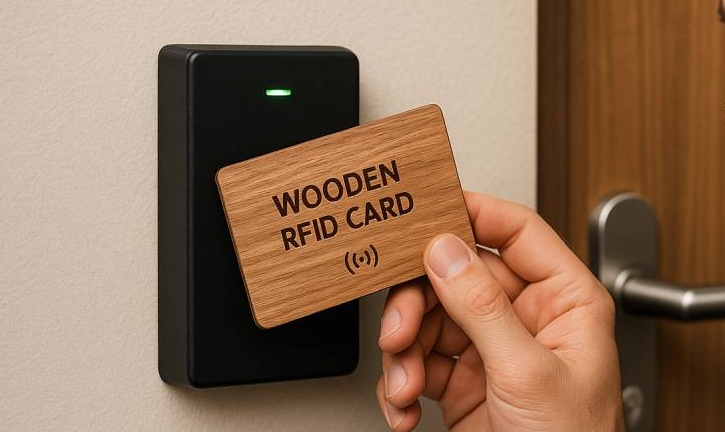What is an RFID card
What is an RFID card? Nowadays, we often hear people talking about radio frequency cards, radio frequency identification, etc. So, what kind of card is radio frequency card? Below is a general explanation for everyone.
Radio frequency card refers to radio frequency identification technology.
Radio Frequency Identification (RFID) technology, also known as wireless radio frequency identification, is a communication technology that can identify specific targets and read/write related data through radio signals without the need for mechanical or optical contact between the identification system and the specific targets. Commonly used technologies include low frequency (125k~134.2K), high frequency (13.56Mhz), ultra-high frequency, microwave, etc. RFID readers are also divided into mobile and fixed types. Currently, RFID technology is widely used, such as in libraries, access control systems, food safety traceability, etc.
Characteristics of RF technology
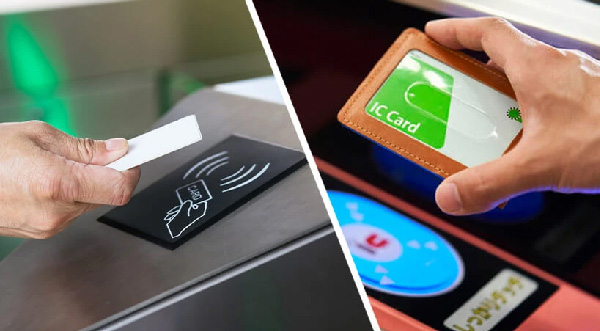 The most important advantage of RFID systems is non-contact recognition, which can penetrate harsh environments such as snow, fog, ice, paint, dirt, and barcodes that cannot be used to read labels, and the reading speed is extremely fast, mostly less than 100 milliseconds. The sketching ability of active radio frequency identification systems is also an important advantage. Can be used for interactive business such as process tracking and maintenance tracking.
The most important advantage of RFID systems is non-contact recognition, which can penetrate harsh environments such as snow, fog, ice, paint, dirt, and barcodes that cannot be used to read labels, and the reading speed is extremely fast, mostly less than 100 milliseconds. The sketching ability of active radio frequency identification systems is also an important advantage. Can be used for interactive business such as process tracking and maintenance tracking.
The main problem restricting the development of RFID systems is incompatible standards. The main manufacturers of RFID systems provide dedicated systems, resulting in different applications and industries adopting different manufacturers' frequencies and protocol standards. This chaotic and fragmented situation has already constrained the growth of the entire RFID industry. Many European and American organizations are working to address this issue and have already achieved some results. Standardization will undoubtedly stimulate the significant development and widespread application of radio frequency identification technology.
Advantages of RFID card
RFID is a flexible application technology that is easy to operate, simple and practical, and particularly suitable for automation control. Free to work in various harsh environments: Short distance RF products are not afraid of oil stains, dust pollution and other harsh environments, and can replace barcodes, such as tracking objects on factory assembly lines; Long range RF products are commonly used in transportation, with recognition distances of up to tens of meters, such as automatic toll collection or vehicle identification. The RFID system has the following system advantages:
Easy and fast reading: Data reading does not require a light source and can even be done through the outer packaging. The effective recognition distance is larger, and when using active tags with built-in batteries, the effective recognition distance can reach more than 30 meters;
Fast recognition speed: As soon as the tag enters the magnetic field, the interpreter can instantly read the information and process multiple tags simultaneously, achieving batch recognition;
Large data capacity: The largest two-dimensional barcode (PDF417) can only store up to 2725 digits; If it contains letters, the storage capacity will be less; RFID tags can be expanded to tens of thousands according to user needs;
Long service life and wide application range: Its wireless communication method allows it to be used in highly polluted environments such as dust, oil, and radioactive environments, and its enclosed packaging greatly extends its lifespan beyond printed barcodes;
Tag data can be dynamically changed: using a programmer, data can be written to the tag, giving RFID tags the function of interactive portable data files, and the writing time is less than printing barcodes;
Better security: Not only can it be embedded or attached to products of different shapes and types, but it can also set password protection for tag data reading and writing, thus having higher security;
Dynamic real-time communication: The tag communicates with the interpreter at a frequency of 50-100 times per second, so as long as the object attached to the RFID tag appears within the effective recognition range of the interpreter, its position can be dynamically tracked and monitored.
After reading the above content, I believe you have a general understanding of RF cards. For more RF card technology and RF card production, you can click on the website for online consultation to learn more.

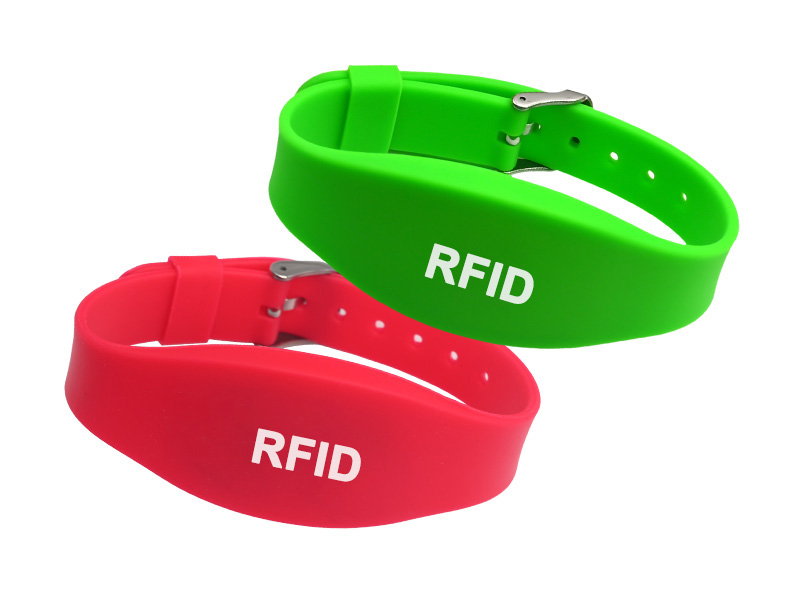
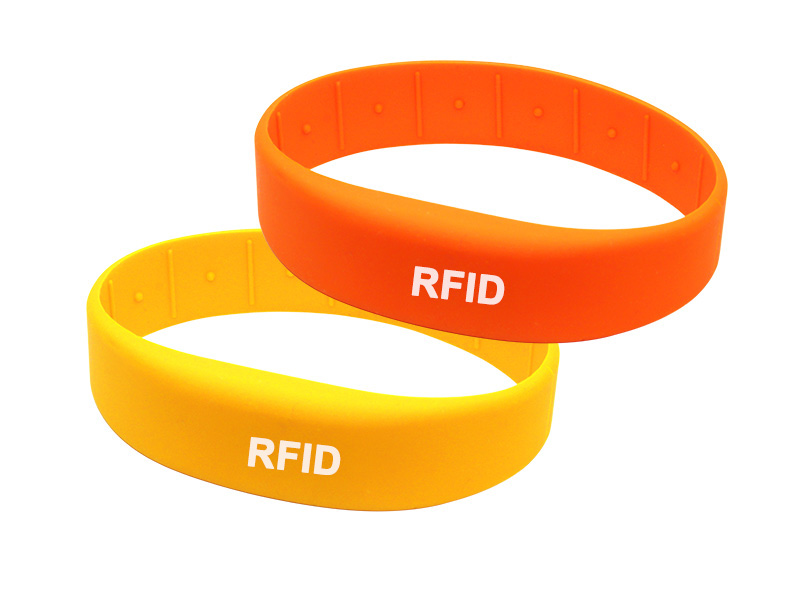
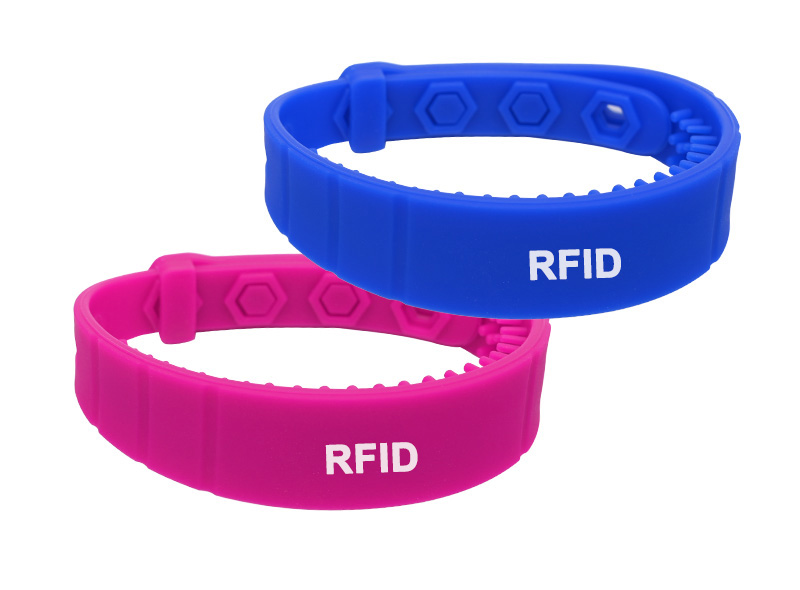
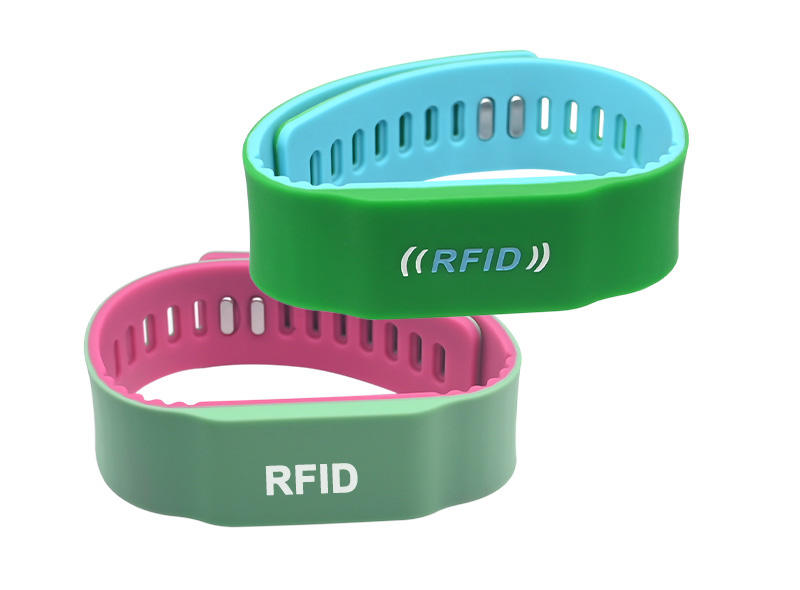


 The most important advantage of RFID systems is non-contact recognition, which can penetrate harsh environments such as snow, fog, ice, paint, dirt, and barcodes that cannot be used to read labels, and the reading speed is extremely fast, mostly less than 100 milliseconds. The sketching ability of active radio frequency identification systems is also an important advantage. Can be used for interactive business such as process tracking and maintenance tracking.
The most important advantage of RFID systems is non-contact recognition, which can penetrate harsh environments such as snow, fog, ice, paint, dirt, and barcodes that cannot be used to read labels, and the reading speed is extremely fast, mostly less than 100 milliseconds. The sketching ability of active radio frequency identification systems is also an important advantage. Can be used for interactive business such as process tracking and maintenance tracking.
